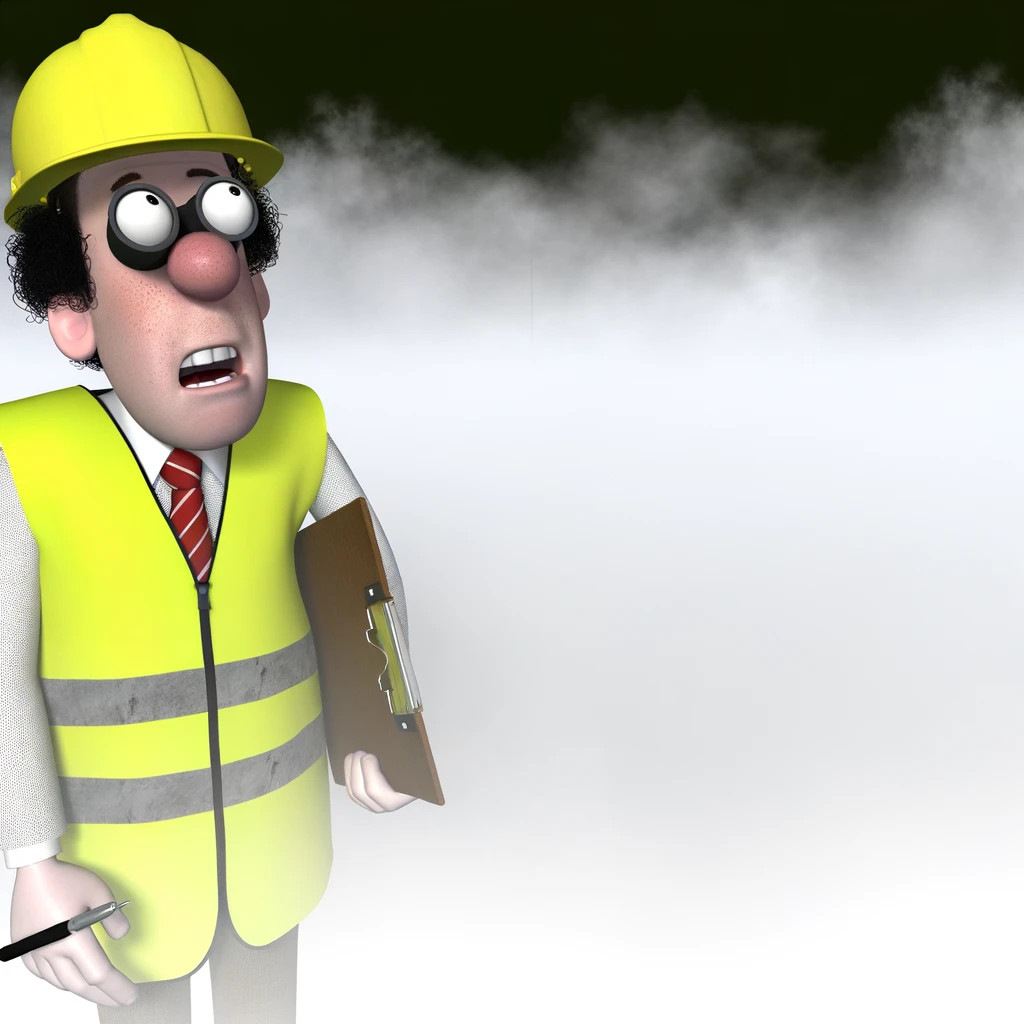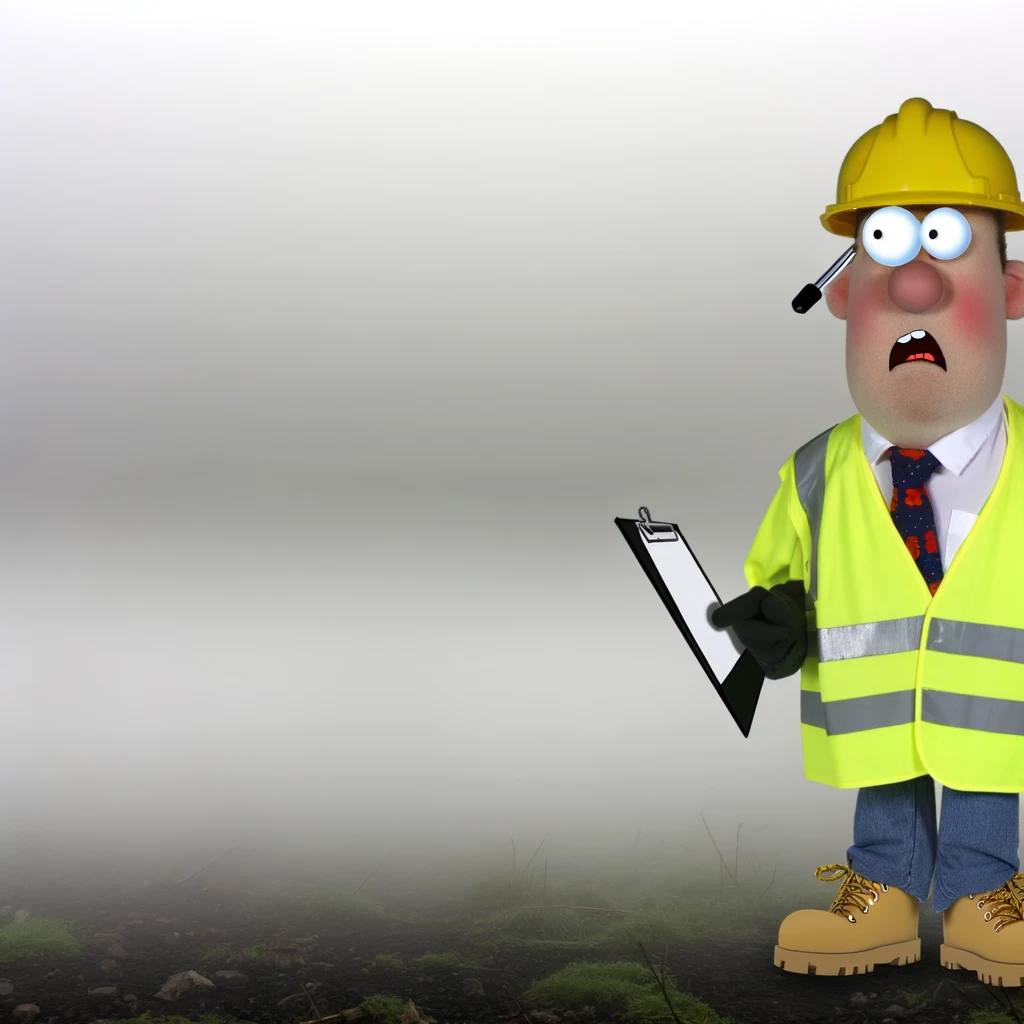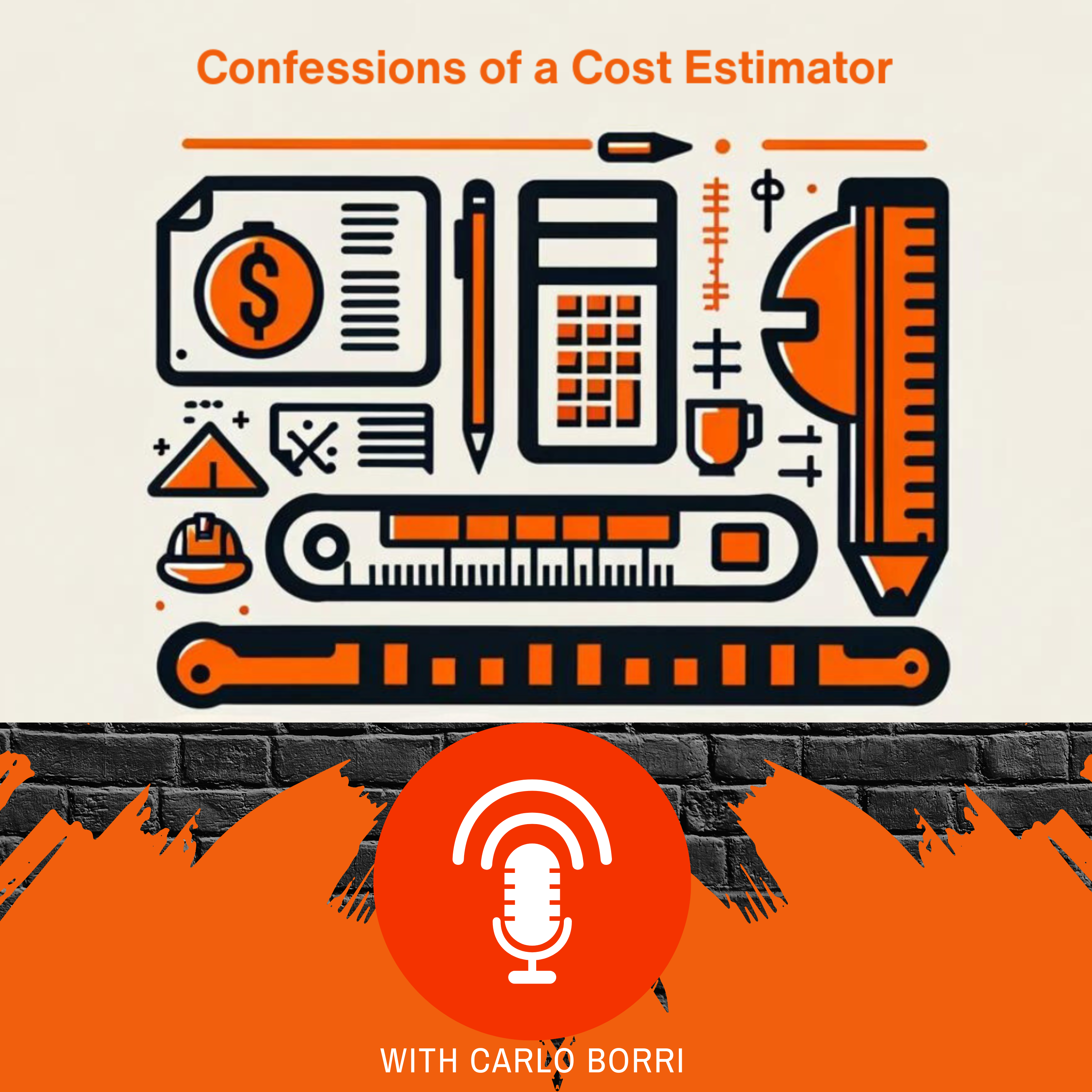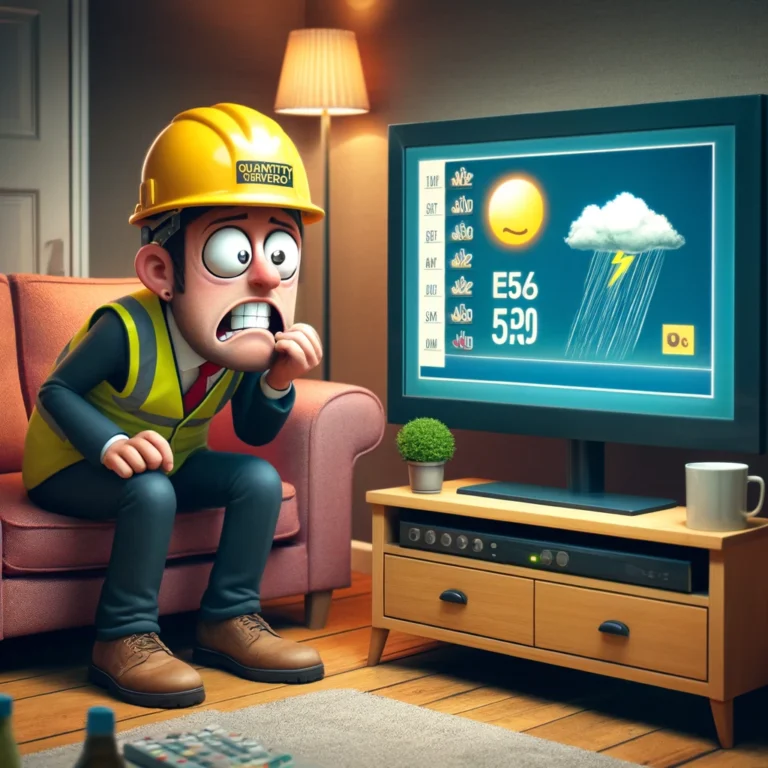All right, my fellow infrastructure enthusiasts, let’s delve into a topic that unites us all—the ever-changing, unpredictable weather of project budgets and cost estimates!
Despite our best efforts with fancy spreadsheets and complex formulas, cost estimates often feel less like a science and more like navigating a dense fog. We all squint through the uncertainty, make our best calculations, and hope we land somewhere close to… reality.

Why do cost estimates sometimes feel more like “cost guesstimates”? Here’s the lowdown:
- The Project Prediction Paradox: The future is inherently unpredictable. Infrastructure projects are intricate undertakings with countless moving parts, and unforeseen events – from permitting delays to material price fluctuations – can roll in like a thick fog, obscuring our carefully crafted cost estimates.
- The Data Disconnect: Incomplete or inaccurate data sets are like navigating with a faulty compass. They can lead us astray, resulting in cost estimates that deviate from financial reality.
- The Human Factor: We’re all humans; even the most experienced cost estimators can fall victim to optimism bias. Sometimes, the desire to see a project come to life can lead to underestimating the actual financial cost, especially in the early planning stages.

But fear not, my fellow infrastructure enthusiasts! While we can’t predict the exact weather of the project budget, we have the power to navigate the fog. Here are some tools that can empower us:
- Early Collaboration: Early collaboration is key to accurate cost estimation. By involving cost estimators from the project’s inception, we gain a comprehensive understanding of potential challenges. This proactive approach paints a clearer picture of the budgetary landscape, helping us avoid unexpected financial storms.
- Scenario Planning: Scenario planning is a crucial tool in our cost-estimating arsenal. Multiple weather forecasts prepare us for different weather conditions, and considering various project scenarios (best case, worst case, etc.) equips us to handle different budgetary possibilities. This strategic approach ensures we’re prepared, come rain or shine.
- Data-Driven Decisions: While the future may be uncertain, we can rely on historical data, market trends, and industry benchmarks as our weather stations. These reliable sources guide us through uncertainty, enabling us to make informed cost estimates. With this compass in hand, we can confidently navigate the foggy world of cost estimation.
- Constant Communication: We must inform stakeholders about potential cost fluctuations and the reasoning behind our estimates. Open communication builds trust and ensures everyone is on the same financial journey, even with low visibility.
A certain amount of budgetary “fog” is inevitable in infrastructure projects. But by using these strategies, we can transform navigating the unknown from a guessing game into a collaborative effort!
Let’s foster a sense of community and mutual learning by sharing our experiences navigating the ‘foggy’ world of infrastructure budgets. Have you ever witnessed a cost estimate take an unexpected turn, like a sudden financial downpour? Your insights could be invaluable to others facing similar challenges.
Share your stories (and any tips for keeping your project budgets out of the fog) in the comments!
#Infrastructure #Construction #Communication #Planning #RiskManagement #CivilEngineering #LinkedIn #Estimation #CivilsBites #InfrastructureHumour #CostPlanning #BudgetQuest #InfrastructureAdventures #UnexpectedCosts





















+ There are no comments
Add yours